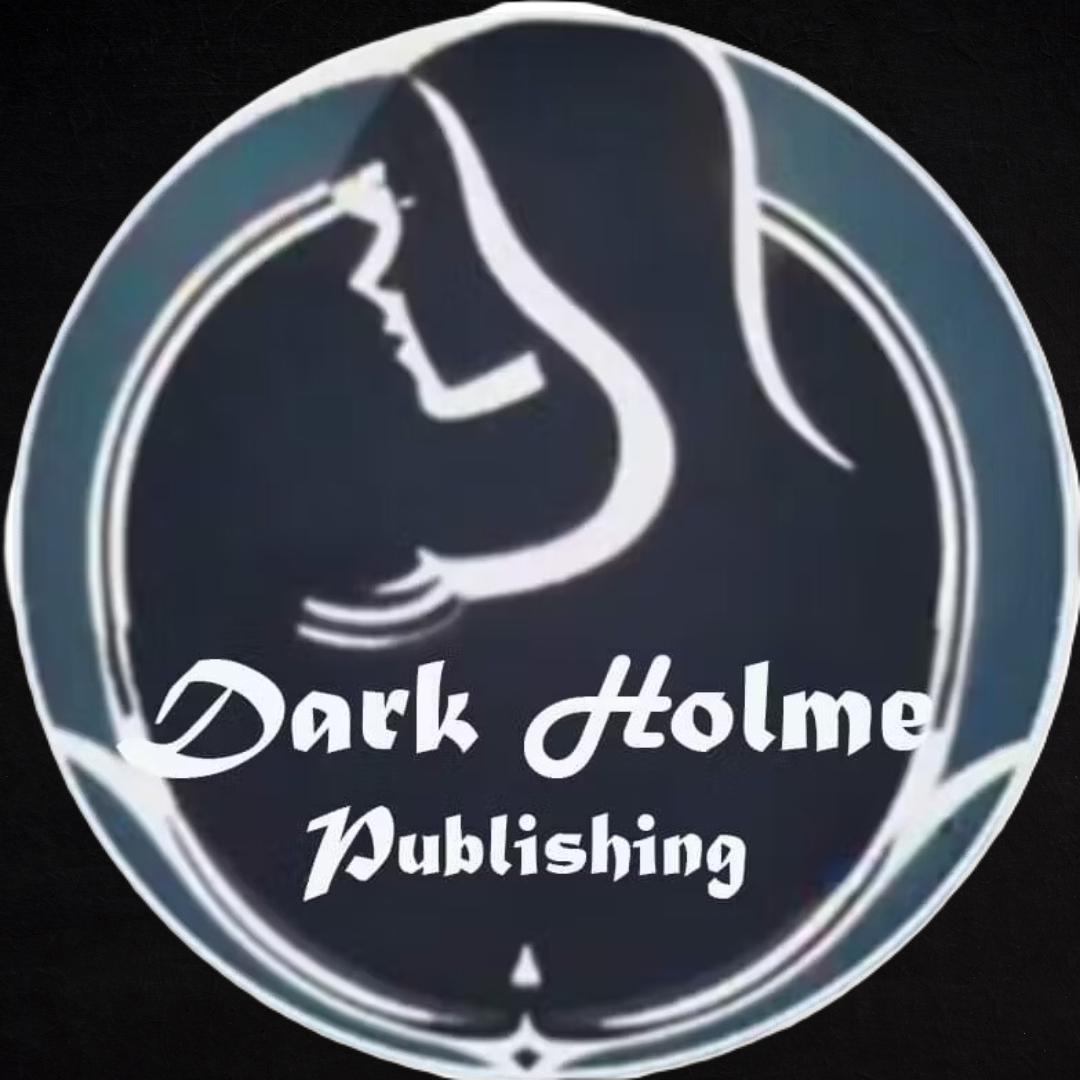Nightmares have a way of sticking with us long after we wake up, lingering like shadows in the corner of our minds. For writers, these unsettling dreams can serve as powerful tools to craft stories that get under readers' skin. In this workshop, we’ll explore the techniques and methods for transforming those strange, haunting dreams into compelling and terrifying narratives.
1. Understand the Elements of a Nightmare
Nightmares are often rooted in fear, uncertainty, and unresolved emotions. To craft a truly chilling nightmare-inspired story, you need to explore the key components of a nightmare:
Distorted Reality: Nightmares often twist the familiar into something sinister. Ordinary places or people might appear warped or threatening. Try to identify something in your real life—whether a memory, a person, or a place—and give it an uncanny twist that evokes discomfort.
Emotional Core: Fear, panic, helplessness, or dread are common emotions in nightmares. Tap into universal fears like falling, being chased, or being trapped, but also draw on more personal, deeper fears like losing control or facing a regret.
Disorientation: Nightmares often disorient us. Time and space are warped, and our movements or actions seem out of our control. Experiment with fragmented pacing or conflicting environments in your story to evoke a sense of confusion and unease.
2. Use Vivid Imagery
Nightmares are often memorable because of the striking, vivid imagery they evoke. As you craft your story, don’t shy away from descriptions that are raw, unsettling, or visceral. Think of sensory details that go beyond what’s just seen—how does it feel, smell, or sound? Is the air thick with tension? Is there an oppressive silence, or are the sounds distorted and unnatural?
Visual Imagery: Describe scenes that create a sense of unease—decay, abandoned places, or eerie landscapes can enhance the atmosphere.
Sensory Detail: Use all the senses to bring the nightmare to life. Focus on sounds, smells, tastes, and textures to make the dream world more immersive.
3. Build Suspense with Uneasiness
Nightmares often work by keeping the victim on edge, never fully knowing what’s coming next. When crafting your nightmare, create tension by teasing out the horror. Allow your characters to slowly realize that something’s wrong, building suspense until the terror unfolds in unexpected ways.
Foreshadowing: Drop subtle hints about the true horror—these can be objects or strange occurrences that don’t immediately make sense but leave the reader uneasy.
Subverting Expectations: Let the character believe they are safe, only to reveal a new, more horrifying twist when they least expect it.
4. The Power of Isolation
In nightmares, characters are often isolated from help or hope. Whether it’s a dream that takes place in a lonely, vast landscape or a claustrophobic, closed-off room, isolation can amplify fear. Consider how the character is alone in their terror—physically, emotionally, or psychologically—and use that to fuel the nightmare’s intensity.
Setting: Create an environment where the character is cut off from others or trapped, whether it’s by distance, circumstance, or supernatural forces.
Psychological Isolation: Show the character's inner isolation—perhaps they don’t trust their own senses, or they are struggling with guilt or anxiety.
5. Play with Surrealism
Nightmares often defy logic, leaving us confused and disturbed. To capture the dreamlike quality, allow the rules of the real world to bend and break. Surreal imagery, strange shifts in time, or impossible events are all elements that will add an extra layer of fear to your nightmare narrative.
Surreal Events: Include impossible scenarios, like a person’s face morphing into something unrecognizable or time looping back on itself.
Disjointed Narrative: Break the flow of time or reality in your story to create a sense of instability—perhaps the characters jump between dream-like states without warning.
6. Experiment with Nightmarish Archetypes
Nightmares often introduce creatures, figures, or forces that symbolize deep fears. These can range from the classic monsters (ghosts, creatures) to more psychological or symbolic entities that manifest fear, guilt, or grief.
Monsters of the Mind: Consider using horror that comes from within—perhaps a reflection that isn’t your own, a distorted version of the protagonist, or an unseen force that you can feel but not see.
Nightmarish Figures: Think of archetypes like shadowy figures, monstrous beings, or unexplainable phenomena that challenge the protagonist in disturbing ways.
7. End with a Terrifying Twist
Most nightmares leave us with an unsettling feeling, and the best horror stories echo that sense of dread. Craft an ending that leaves readers questioning whether the nightmare is over or if it’s just beginning.
Ambiguous Ending: Like the experience of waking from a nightmare, your story can end with an uncertain or open conclusion, leaving readers uneasy.
Unexpected Revelation: Provide a twist that reveals the horror wasn’t what it seemed, or perhaps the nightmare has crossed into reality.
Exercises to Get Started:
Dream Journal: Keep a journal of your own nightmares or unsettling dreams. Look for patterns, common themes, and strange imagery that you can incorporate into your writing.
Flash Fiction: Write a short, nightmarish scene using vivid sensory details. Focus on building tension and leaving the reader with an ambiguous, unsettling feeling.
Character in Crisis: Create a character trapped in a nightmare scenario. What do they fear? What’s their greatest weakness, and how does the nightmare amplify it?
Let’s see how you’ve used these techniques! Share your results from the exercises in the comments below. Whether you’ve written a full scene or just a short, vivid moment, we’d love to read your work and discuss what worked, what terrified you, and how we can all continue to craft the perfect nightmare.

.png)



.png)